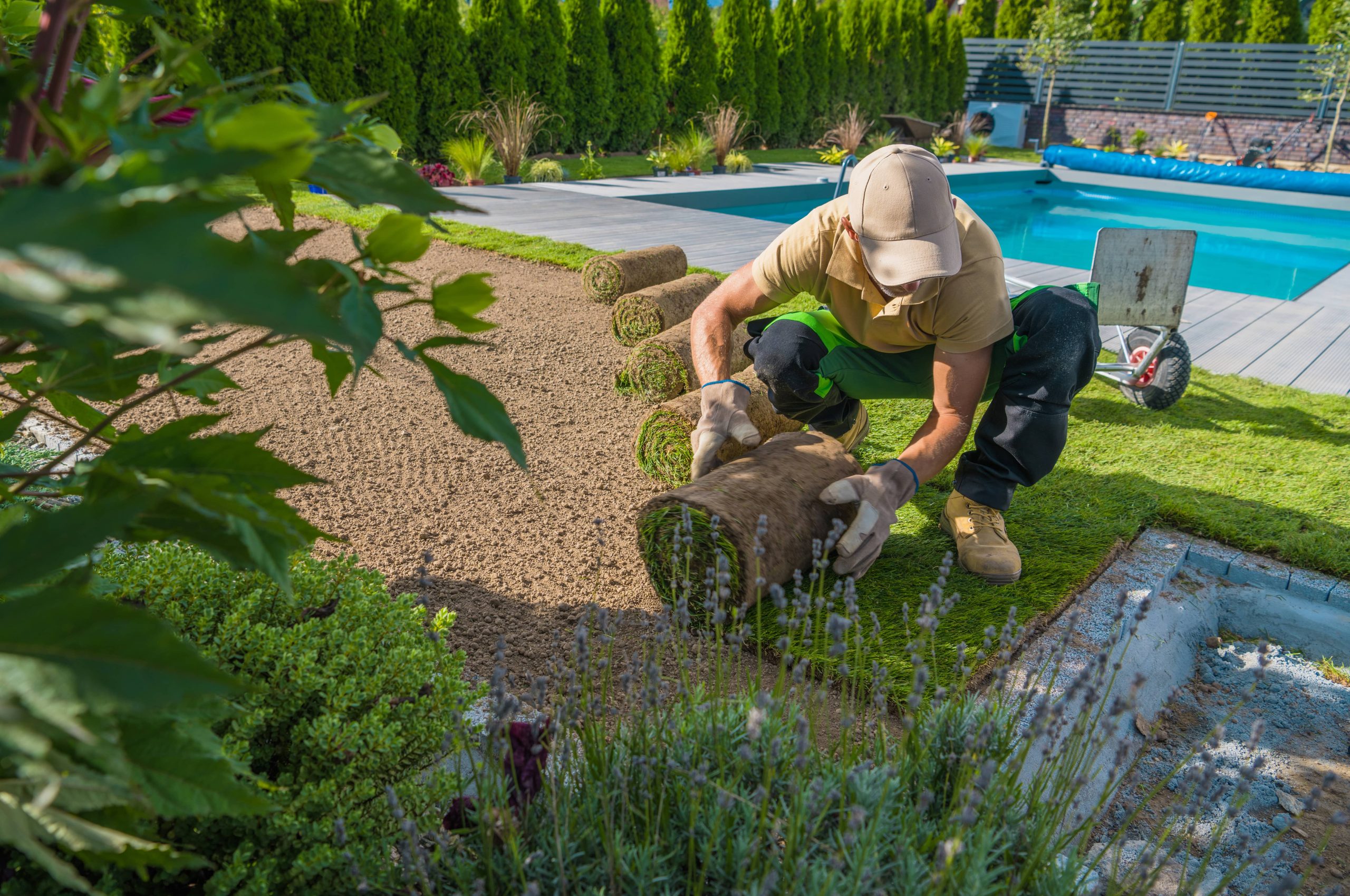
In today’s fast-paced, digital-driven world, it’s becoming increasingly important to create outdoor spaces where children can play, explore, and learn. As a gardening and landscaping enthusiast, you have the delightful opportunity to transform part of your backyard into a captivating play area. Not only does this enhance your garden’s functionality, but it also promotes physical activity, sparks imagination, and helps kids connect with nature. Let’s explore how you can blend beauty with functionality to create a magical play area right in your backyard.
Understanding Your Space and Needs
Before diving into design options, take a moment to evaluate your backyard space. How much room do you have available? What are your family’s specific needs? This foundational assessment helps identify the right play elements and ensures a harmonious balance between the play area and the rest of your garden.
Safety First
Safety should be at the forefront of your design. Choose a spot that is visible from the house and away from potential hazards like busy roads or water features. Additionally, it’s essential to consider the terrain. Level ground with proper drainage is ideal, and adding a soft surface such as mulch or rubber tiles can help cushion falls.
Involve the Children
Involve your kids in planning the play area. Not only will this make them more excited, but their input can also help tailor the design to their interests. Whether they dream of jungle adventures, medieval castles, or a place to host tea parties, letting them contribute their ideas can make the space truly magical.
Designing the Play Area
Multi-functional Play Equipment
Incorporate multi-functional play equipment that can serve various purposes. A swing set with a slide can offer climbing challenges, imaginative play opportunities, and physical exercise. Structures like these can grow with your children and be adapted as their needs change.
Nature-inspired Play Elements
Integrating nature-based play elements is a fantastic way to bring your garden to life. Think along the lines of tree stumps for hopping, logs to walk across, or a rock pit for climbing. Plant a small hedge maze or create a sensory garden filled with fragrant, tactile plants such as lavender and lamb’s ear.
Creative Corners
Set up small nooks or corners dedicated to creativity. Whether it’s a small table for crafts, a chalkboard for drawing, or an outdoor musical wall made of recycled materials, these spaces stimulate imagination and creativity. Encourage art projects like painting rocks or creating nature collages that promote artistic expression.
Encourage Wildlife
Turn your play area into a mini wildlife haven. Include a bird feeder, a bug hotel, or a small pond (safely covered if your children are young) to attract local wildlife. This addition can be educational and inspire a lifelong appreciation of nature.
Integrating the Play Area with Your Garden
Seamless Transitions
Create a smooth transition between your play area and the rest of your garden. Use natural colors and materials that blend with the existing landscape. Plant grasses, shrubs, or flowers around the play area borders to softly delineate the space without harsh boundaries.
Edible Gardens
Incorporate an edible garden or a few raised beds as part of the play area, encouraging children to engage in growing their own food. This feature not only provides a hands-on learning experience about plants but also promotes healthy eating habits. Choose easy-to-grow crops like cherry tomatoes, radishes, and strawberries for quick gratification.
Flexible Layout
Design your play area with flexibility in mind. Opt for movable elements like portable sandboxes, tents, or water tables. As your children’s interests evolve, these elements can be easily rearranged or replaced to accommodate new activities.
Sustainable Choices
Creating a sustainable play area is beneficial for the environment and can teach children valuable lessons about sustainability. Explore repurposing materials like old tires or reclaimed wood for creative play structures. Consider solar lighting for evening playtime and collect rainwater for garden irrigation.
Maintenance
Understandably, play areas require more maintenance than decorative garden elements. Regularly check for wear and tear on equipment and ensure that all plants are non-toxic if ingested. Keep the area tidy and safe by periodically trimming overgrown plants, clearing pathways, and refreshing surfaces like sand or mulch.
Inspiring Play and Imagination
At the heart of creating a backyard play area is the desire to inspire boundless play and imagination. This is more than simply installing equipment—it’s about crafting an environment that cultivates creativity, fosters independence, and allows children to learn and grow naturally. By thoughtfully integrating these elements into your backyard, you’ll not only provide a fun and engaging space for your children but also elevate the overall beauty and utility of your garden.
In conclusion, a well-designed backyard play area seamlessly integrates safety, aesthetics, and functionality. It offers a precious playground filled with possibilities where children can dream, discover, and delight in the wonders of the natural world. As you embark on this exciting landscaping project, remember that the magical memories you create with your children will be the hallmark of your garden for years to come.







